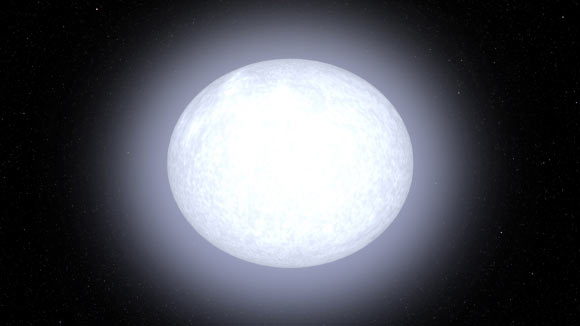1/
Astronomers detected elusive pulsation patterns in dozens of young, rapidly rotating #stars thanks to #data from #NASA& #39;s #TESS.
Paper https://abs.twimg.com/emoji/v2/... draggable="false" alt="➡️" title="Pfeil nach rechts" aria-label="Emoji: Pfeil nach rechts"> https://go.nature.com/3byk1rT
https://abs.twimg.com/emoji/v2/... draggable="false" alt="➡️" title="Pfeil nach rechts" aria-label="Emoji: Pfeil nach rechts"> https://go.nature.com/3byk1rT
Articlehttps://go.nature.com/3byk1rT&q... class="Emoji" style="height:16px;" src=" https://abs.twimg.com/emoji/v2/... draggable="false" alt="➡️" title="Pfeil nach rechts" aria-label="Emoji: Pfeil nach rechts"> https://go.nasa.gov/2DAV4PY
Image">https://go.nasa.gov/2DAV4PY&q... credit: NASA’s Goddard #Space Flight Center
#spacehour
#Astrophysics
Astronomers detected elusive pulsation patterns in dozens of young, rapidly rotating #stars thanks to #data from #NASA& #39;s #TESS.
Paper
Article
Image">https://go.nasa.gov/2DAV4PY&q... credit: NASA’s Goddard #Space Flight Center
#spacehour
#Astrophysics
2/
The discovery will revolutionize scientists’ ability to study details like the ages, sizes and compositions of these #stars — all members of a class named for the prototype, the bright star #DeltaScuti.
#Space
#SpaceHour
The discovery will revolutionize scientists’ ability to study details like the ages, sizes and compositions of these #stars — all members of a class named for the prototype, the bright star #DeltaScuti.
#Space
#SpaceHour
3/
Watch pulsations of a #DeltaScuti star changing in brightness when internal sound waves at different frequencies cause some parts to expand and contract.
In 1 pattern, the whole star expands and contracts, while in a second, opposite hemispheres swell and shrink out of sync.
Watch pulsations of a #DeltaScuti star changing in brightness when internal sound waves at different frequencies cause some parts to expand and contract.
In 1 pattern, the whole star expands and contracts, while in a second, opposite hemispheres swell and shrink out of sync.
4/
This animation shows 1 type of #DeltaScuti pulsation- a radial mode- driven by waves (blue arrows) traveling btwn the star’s core and surface.
Actually, a #star may pulsate in many different modes, creating complex patterns that enable scientists to learn about its interior.
This animation shows 1 type of #DeltaScuti pulsation- a radial mode- driven by waves (blue arrows) traveling btwn the star’s core and surface.
Actually, a #star may pulsate in many different modes, creating complex patterns that enable scientists to learn about its interior.
5/
Hear the beat of #HD31901, a #DeltaScuti star in the southern constellation Lepus.
The sound is the result of TESS #data.
Delta Scuti #stars have long been known for their apparently random pulsations, but #TESS data show that some, like HD 31901, have more orderly patterns.
Hear the beat of #HD31901, a #DeltaScuti star in the southern constellation Lepus.
The sound is the result of TESS #data.
Delta Scuti #stars have long been known for their apparently random pulsations, but #TESS data show that some, like HD 31901, have more orderly patterns.

 Read on Twitter
Read on Twitter https://go.nature.com/3byk1rT&q... class="Emoji" style="height:16px;" src=" " title="1/Astronomers detected elusive pulsation patterns in dozens of young, rapidly rotating #stars thanks to #data from #NASA& #39;s #TESS.Paperhttps://abs.twimg.com/emoji/v2/... draggable="false" alt="➡️" title="Pfeil nach rechts" aria-label="Emoji: Pfeil nach rechts"> https://go.nature.com/3byk1rT&q... class="Emoji" style="height:16px;" src=" " class="img-responsive" style="max-width:100%;"/>
https://go.nature.com/3byk1rT&q... class="Emoji" style="height:16px;" src=" " title="1/Astronomers detected elusive pulsation patterns in dozens of young, rapidly rotating #stars thanks to #data from #NASA& #39;s #TESS.Paperhttps://abs.twimg.com/emoji/v2/... draggable="false" alt="➡️" title="Pfeil nach rechts" aria-label="Emoji: Pfeil nach rechts"> https://go.nature.com/3byk1rT&q... class="Emoji" style="height:16px;" src=" " class="img-responsive" style="max-width:100%;"/>


